

Lag screws for wood are heavy-duty fasteners designed to join wood members together. They feature a coarse thread for strong holding power in wood and a hex head for easy driving with a wrench or socket. Understanding their applications, types, proper installation techniques, and the best materials is crucial for any woodworking or construction project.Understanding Lag Screws for WoodWhat are Lag Screws for Wood?Lag screws for wood, also known as lag bolts, are large wood screws typically used for fastening heavy materials, such as timber, to wood. Unlike machine screws, which require a pre-tapped hole, lag screws for wood create their own threads as they are driven into the wood.When to Use Lag Screws for WoodLag screws for wood are ideal for applications requiring high strength and holding power. Common uses include:Deck construction: Securing ledger boards to houses.Timber framing: Connecting large timbers in structural applications.Furniture making: Joining thick wooden components.Landscaping: Anchoring posts for fences, decks, or pergolas.Heavy-duty shelving: Mounting shelving to wall studs.Types of Lag Screws for WoodMaterial TypesLag screws for wood are commonly made from the following materials:Steel: Provides high strength and is suitable for general applications. Often zinc-plated for corrosion resistance.Stainless Steel: Offers excellent corrosion resistance, making it ideal for outdoor or marine environments. Types include 304 and 316 stainless steel.Galvanized Steel: Coated with a layer of zinc to prevent rust and corrosion. Suitable for outdoor use but may not be as durable as stainless steel.Head TypesThe most common head type for lag screws for wood is:Hex Head: The standard six-sided head allows for easy driving with a wrench or socket.Choosing the Right Lag Screws for WoodSize ConsiderationsSelecting the correct size is essential for a secure connection. Consider these factors:Length: Choose a length that will penetrate deep enough into the receiving wood member to provide adequate holding power. A general rule is that the screw should penetrate at least half the thickness of the receiving member.Diameter: Larger diameters offer greater strength, but also require more torque to drive and can increase the risk of splitting the wood.For example, when securing a 4x4 post to a beam, you might need a 3/8' diameter lag screw that is 4' or 5' long, depending on the thickness of the beam.Material CompatibilityEnsure the screw material is compatible with the wood type and the environment. Stainless steel is best for coastal areas, while zinc-plated or galvanized steel is sufficient for most other outdoor applications. Consider using pressure-treated lumber rated for ground contact along with stainless steel lag screws for wood for projects like decks. Hebei Muyi Import&Export Trading Co.,Ltd (muyi-trading.com) offers a wide range of screws and bolts for various applications.Installing Lag Screws for Wood: A Step-by-Step GuideTools You'll NeedDrill with appropriate drill bitsWrench or socket setHammerPencilSafety glassesStep-by-Step InstructionsPrepare the Wood: Ensure the wood surfaces are clean and free of debris.Mark the Pilot Hole: Use a pencil to mark the location for the lag screw for wood.Drill a Pilot Hole: Drill a pilot hole slightly smaller than the screw's shank diameter. This helps prevent the wood from splitting and makes driving the screw easier. The pilot hole depth should be slightly longer than the screw's threaded portion. Refer to online charts for precise pilot hole sizes based on screw size and wood type.Insert the Screw: Place the lag screw for wood over the pilot hole.Drive the Screw: Use a wrench or socket to drive the screw into the wood. Apply steady pressure and ensure the screw goes in straight. Avoid over-tightening, which can strip the threads or damage the wood.Tips for Successful InstallationUse a Washer: Place a washer under the head of the screw to distribute the clamping force and prevent the screw head from digging into the wood.Lubricate the Screw: Applying wax or soap to the screw threads can reduce friction and make driving easier, especially in hardwoods.Avoid Over-Tightening: Over-tightening can strip the threads in the wood, reducing the holding power of the screw. Stop tightening when the screw head is snug against the wood surface.Troubleshooting Common IssuesScrew StrippingIf the screw starts to strip, stop immediately. Try using a slightly larger screw or inserting a wood plug into the hole and redrilling a pilot hole.Wood SplittingIf the wood starts to split, reduce the torque and ensure the pilot hole is large enough. Consider using a screw with a self-tapping design for hardwoods. Pre-drilling is essential to prevent splitting.Safety PrecautionsWear Safety Glasses: Always wear safety glasses to protect your eyes from flying debris.Use the Right Tools: Using the correct tools ensures a safe and efficient installation.Be Mindful of Torque: Avoid over-tightening to prevent damage to the screw or the wood.Alternatives to Lag Screws for WoodWhile lag screws for wood are a great option, alternatives might be suitable depending on the application:Construction Screws: Offer similar holding power and are easier to install with a drill/driver.Through Bolts: Provide the strongest connection but require access to both sides of the material.Wood Screws: Suitable for lighter-duty applications.Where to Buy Lag Screws for WoodYou can find lag screws for wood at most hardware stores, home improvement centers, and online retailers. Consider buying in bulk for larger projects. Hebei Muyi Import&Export Trading Co.,Ltd also sells these screws in bulk at competitive prices.ConclusionLag screws for wood are essential fasteners for many construction and woodworking projects. By understanding the different types, selecting the right size and material, and following proper installation techniques, you can ensure a strong and secure connection. Remember to always prioritize safety and use the appropriate tools for the job.

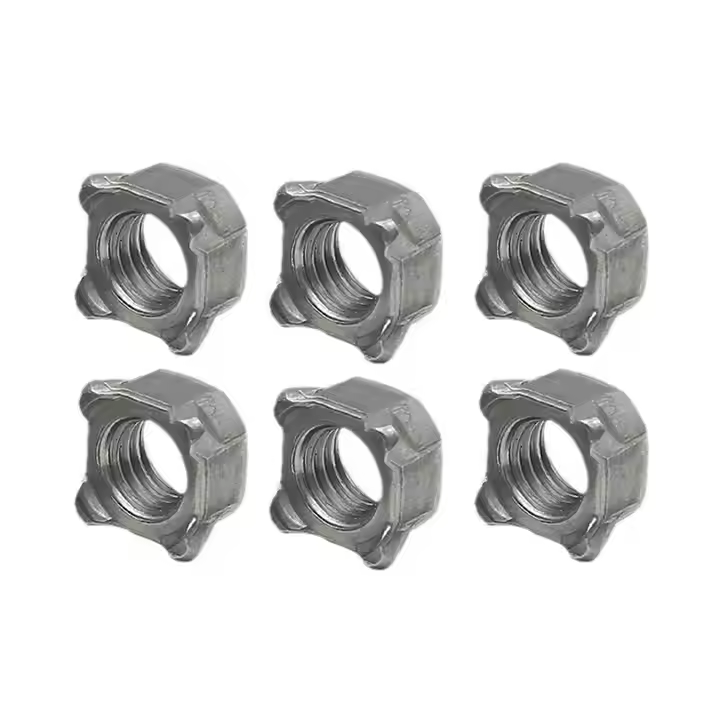

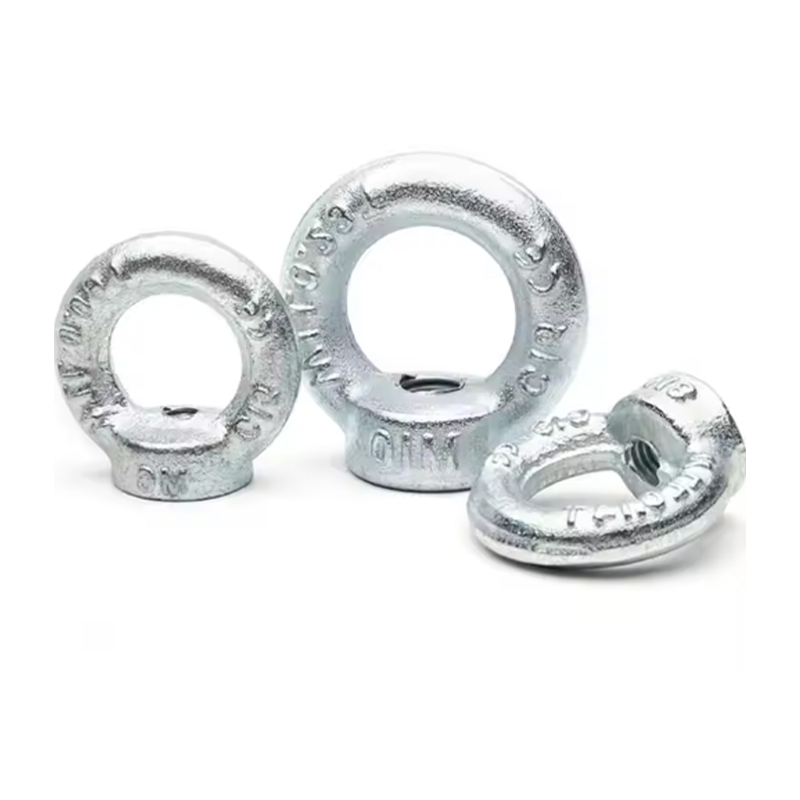
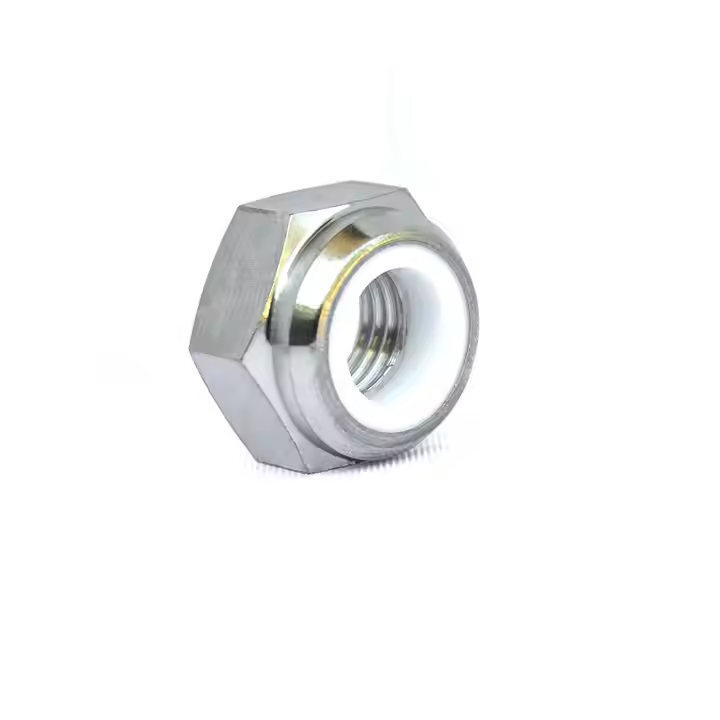
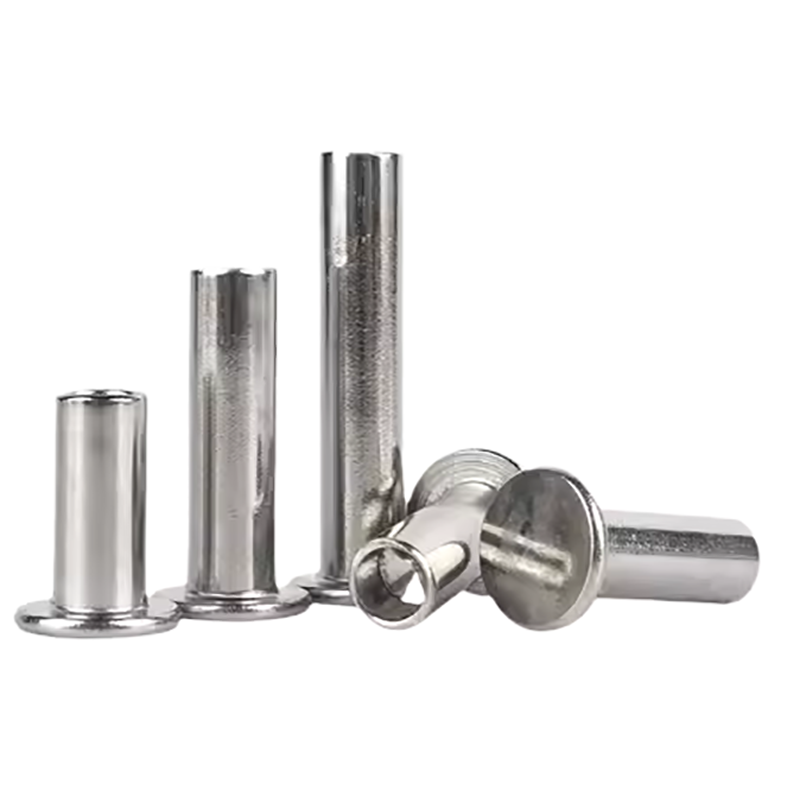
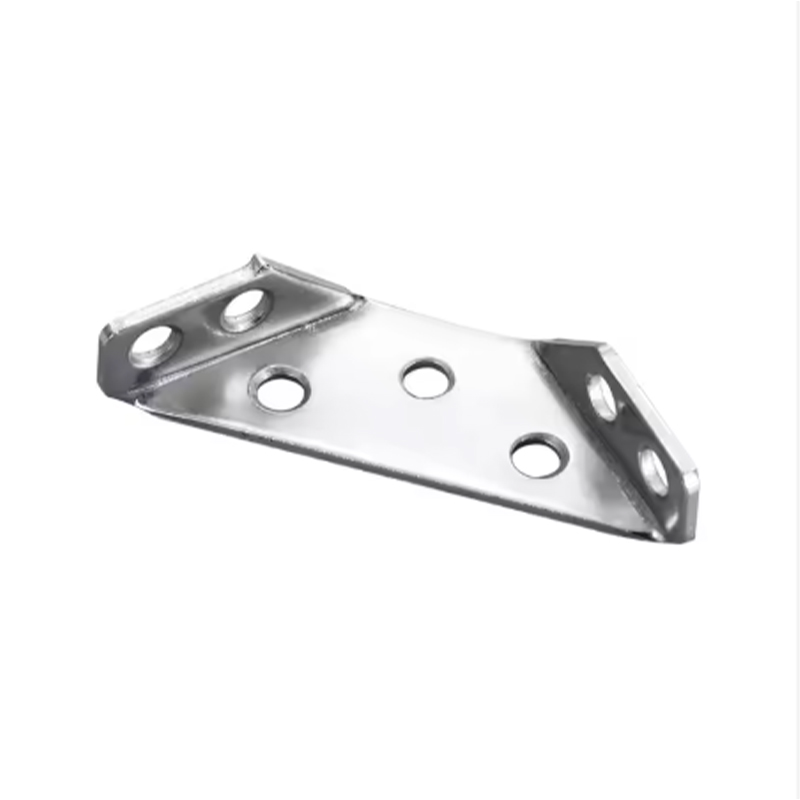
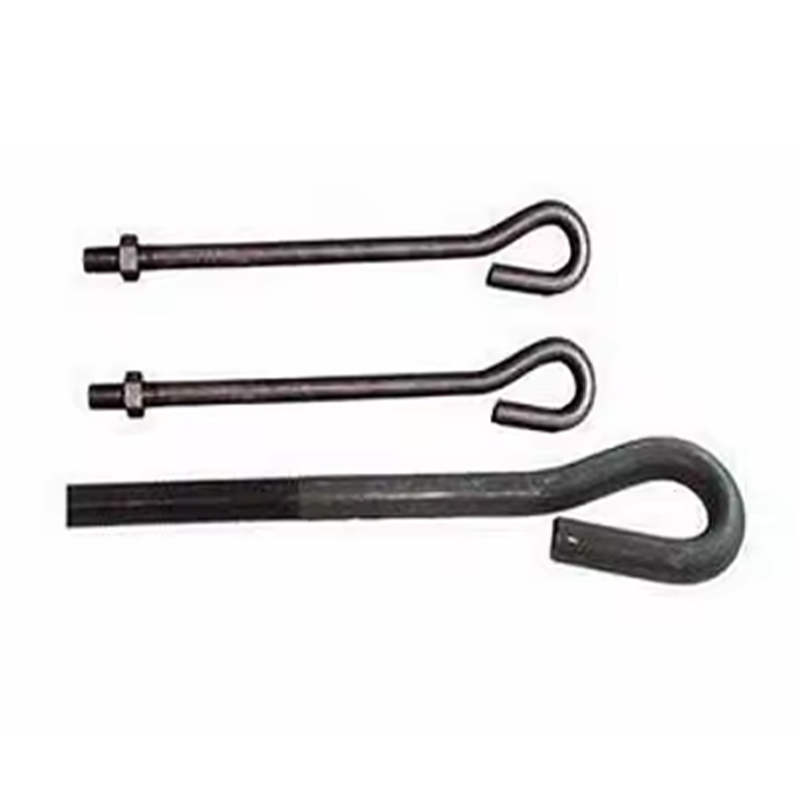
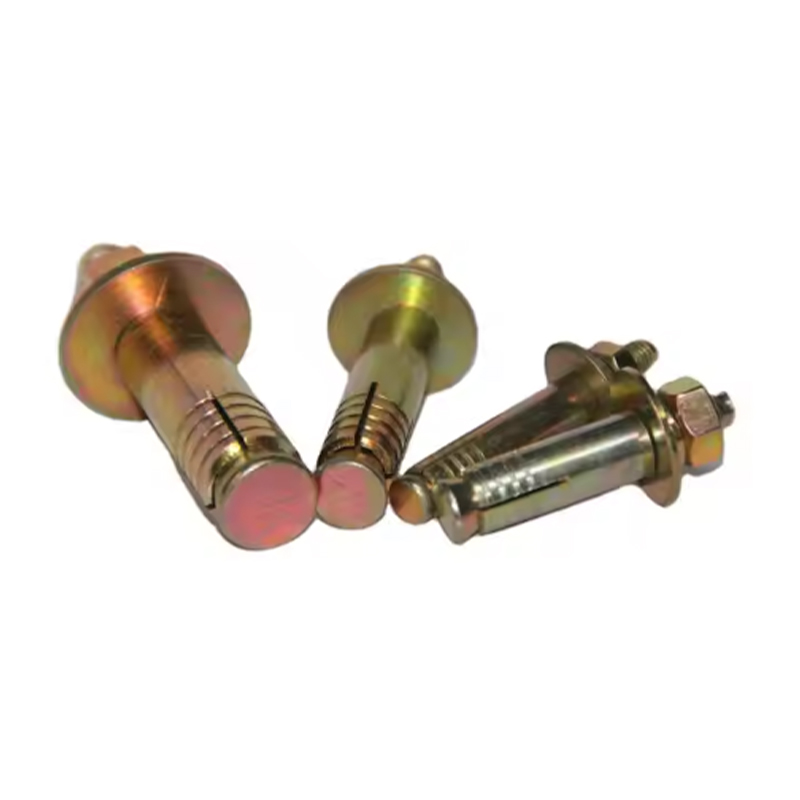




Please enter your email address and we will reply to your email.